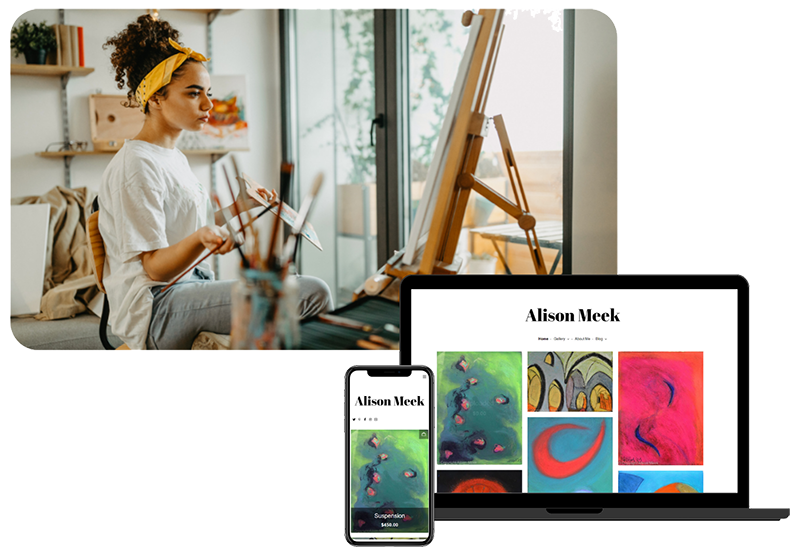
This two-part post looks at different approaches to managing your professional avatar: all the snippets which get thrown around the ether to create a picture of you. Some online tools are great for sales, some are great for advertising and some are great for just letting out steam, but there is no reason why they can’t all work together.
We all know it can be difficult achieving a good work/life balance. But what happens when another layer is thrown into the mix? Creating a balance within your working life can sometimes be as much of a struggle as trying to find time to unwind. How much time should you dedicate to social media and in what ways should it be used? Is it right to distribute mail outs and what should they include?
This, the first of two posts dedicated to online presences and how to balance them, will look into how standardised websites can and should be used before part 2 talks about how to weave them all together.

Websites, portfolios and blogs: only the names have changed. Wrong.
Like the latest car models, shiny and new, each superseding fandangle website looks exactly the same but comes under a different name. Blogs scroll endlessly and websites can confuse you; which one should you choose? This is the basis, the foundation and the hub of your online artistic life: it is what all your other network streams stem from.
Think about what type of artist you are and what you want your website to do for you. Blogs contain a lot of words and explanations; online magazines use blogs because they immediately slap you in the face with their products. This is why commercial artists might want to opt for a blog: they need updating regularly, the content needs to be snappy and catching. Illustrators, artists picking up a lot of commissions and photographers might also want to consider blogs as an option.
Your standard artist website is a one-size-fits-all job. They can be moulded to what you need but not necessarily what you always want. Make sure that work is easy to view; that you have a menu which is easy to navigate and you include ‘About Me’ and ‘Contact’ pages. These are incredibly important for practicing artists wanting to sell work; they show that you are real, that you care about your clients as well as the integrity of your work and you aren’t just out for a quick buck!
Portfolios – platforms such as Flickr (and to a certain extent Pinterest, but we will get on to this later) – can be used by those who just have thousands and thousands of images. They are great ways to store and show work easily online, to invite people to see the type of work you do and to share links to folders and albums with people. They shouldn’t be used as an alternative to a website for the simple reason that they are not visible enough. Again, photographers tend to use online portfolios but they can be adapted for those applying for short courses or awards, painters who work in series or for gathering up all the remnants of your working practice.

Twit Face
Realistically consider how much time you have to spend, daily or weekly, on self-promotion. Then half it because life doesn’t work that way. And then think about what social networking platform is right for you! Do not try and tackle everything because it will not end prettily…
Other people have dealt with Facebook so I won’t talk about how great it is. However…
Facebook is a powerful communicative tool but it is also a powerful analytic tool. If you choose to set up an account as business or organisational page then you have insights into all your posts, how many people they reached, the option to pay to promote them, what went viral, which days of the week are best for posting etc. There is a reason that companies employ multiple people to run their Facebook pages, but it can be done on a much smaller scale. Link your Facebook to your website and your website to Facebook, this way your network is instantly expanded.
Twitter, as you probably know, works in a completely different way. It is much more ephemeral, instant and personal.
If you are using both then I would recommend that Facebook be used as a marketing platform and Twitter be used for personal updates. This creates an incredibly well-rounded and complete artistic voice which reaches out to many different publics. And potential buyers.
Instagram is something completely different.
If you don’t already use Instagram, Pinterest, ArtStack or whatever comes next, don’t do it just for the sake of it. These social networks can be linked up to Facebook but what’s the point? A fan who likes your snazzy dinner on Instagram is going to have already have been on Facebook for 10 years and know all about you already – give them something new or don’t bother.
So far all your life is on the internet in a million different places. Part 2 of this post will add a couple more ingredients to the mix – things such as LinkedIn, newsletters and mail outs – and construct a plan to make everything efficiently work for you.






